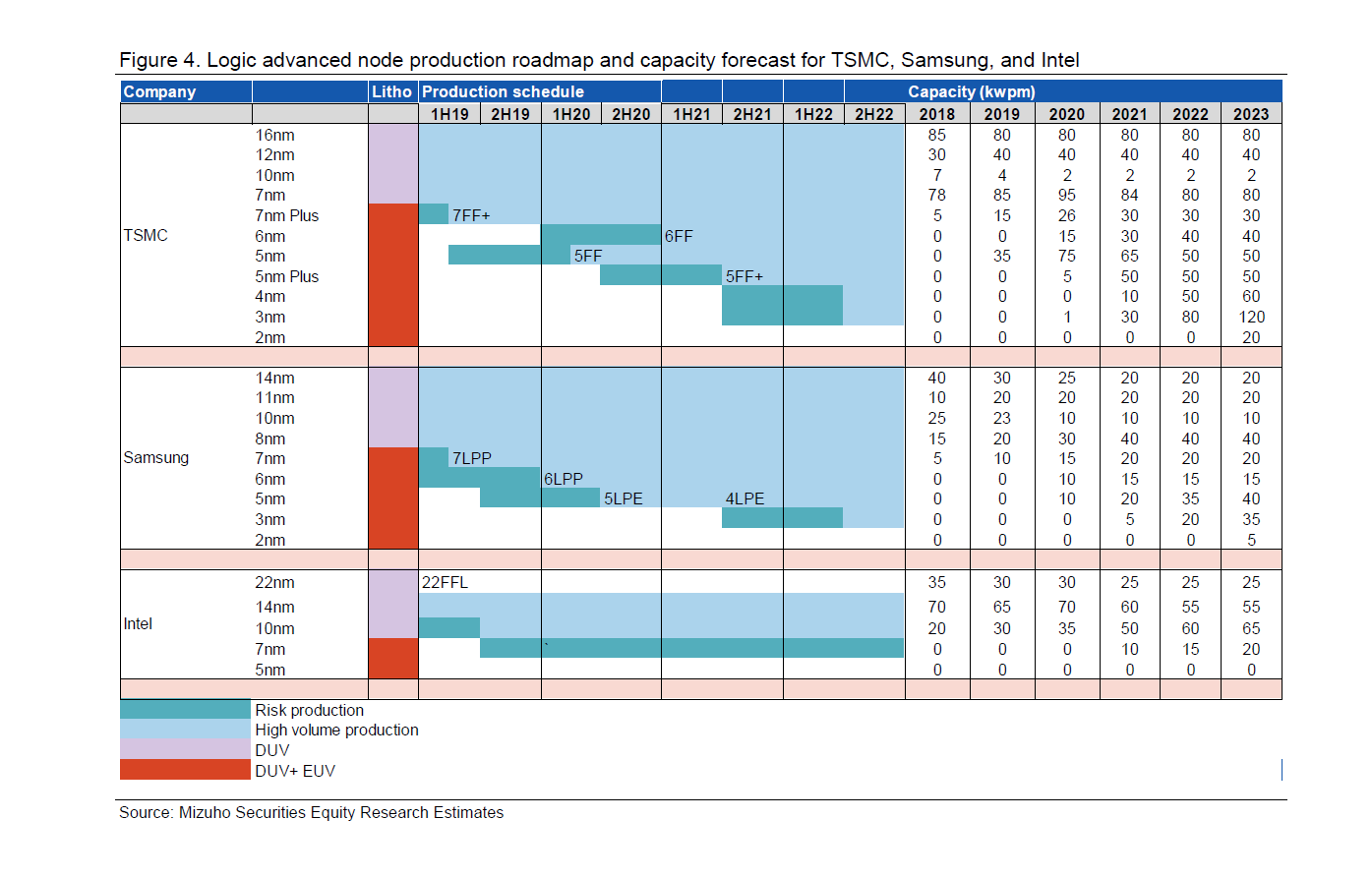Remember Phenom true quad core...?
I think the funny thing is marketing pokes about the glue or the likes always end up as a failure.
Not only sounding like a smartass but also beeing a jackass. Marketing Hybris consistently leads to Nemesis.
One have to wonder if its the last time we hear this stuff or some jackass in marketing is still alive after all those failures.
I think the funny thing is marketing pokes about the glue or the likes always end up as a failure.
Not only sounding like a smartass but also beeing a jackass. Marketing Hybris consistently leads to Nemesis.
One have to wonder if its the last time we hear this stuff or some jackass in marketing is still alive after all those failures.





